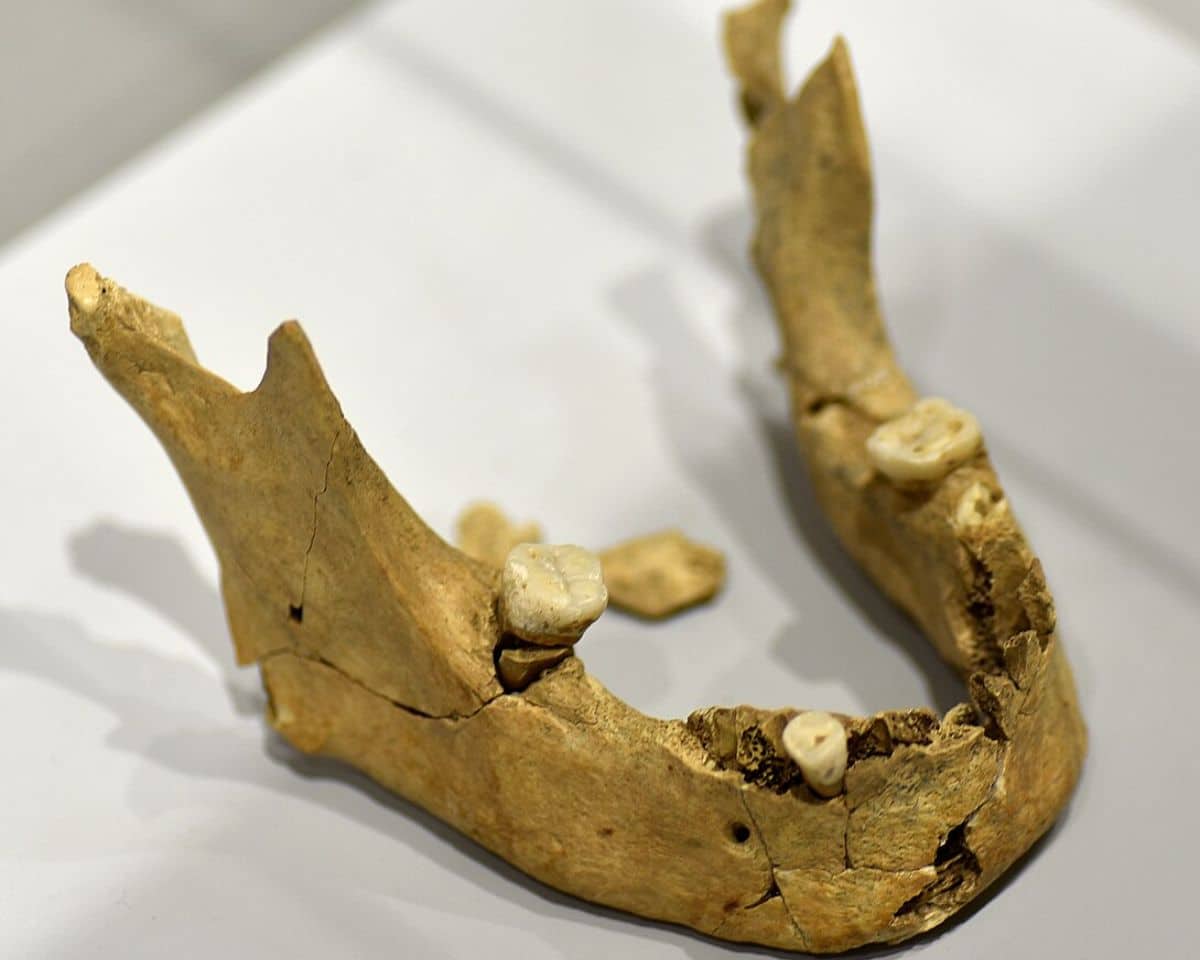
A team of archaeologists has unearthed a 1.8-million-year-old jawbone at a prehistoric site in the southern region of the country of Georgia, offering fresh insight into early human migration and life outside Africa. The jawbone, found at the Orozmani site about 100 kilometers (62 miles) southwest of Tbilisi, is among the oldest human remains discovered outside the African continent.
Researchers say the jawbone unearthed in Georgia could help trace the movements of Homo erectus, one of the earliest human ancestors known to have left Africa. The find adds to a growing body of evidence that the region served as a key passage during early human expansion into Eurasia.
Despite its small size—no larger than two car parking spaces—the Orozmani site has yielded significant discoveries. In addition to the jawbone, the excavation uncovered fossils from several animals, including a sabre-toothed tiger, elephant, wolf, deer, and giraffe.
A collection of stone tools was also recovered, pointing to a complex and active prehistoric habitat.
Key to understanding early human life
Giorgi Bidzinashvili, a professor of Stone Age archaeology at Ilia State University in Tbilisi, explained that examining both the human and animal fossils will offer critical clues about how early humans lived. According to him, the remains could reveal details about their diet, daily activities, and the climate conditions they experienced.
The same area produced another key discovery in 2022, when archaeologists uncovered a human tooth believed to date from the same period.
🚨🇬🇪 ARCHAEOLOGISTS UNEARTH 1.8-Million-Year-Old HUMAN JAWBONE IN GEORGIA
Archaeologists in Kvemo Orozmani, Georgia 🇬🇪, have uncovered a 1.8-million-year-old human jawbone, one of the earliest traces of humans outside Africa.
🔹The site, near Dmanisi, also revealed fossils of… pic.twitter.com/fnBAxtQXZE
— Info Room (@InfoR00M) August 27, 2025
Just a short distance away, in the village of Dmanisi, scientists previously excavated 1.8-million-year-old human skulls, reinforcing the importance of this region in understanding early human history.
Bidzinashvili emphasized that ongoing research at Orozmani could play a vital role in reconstructing the lives of the first humans to settle in Eurasia. He said the site may offer an unusually detailed look into their behavior and environment.
Orozmani continues to yield discoveries
The dig continues to attract international researchers and students. Miles Alexandre, a recent anthropology graduate from the University of Rhode Island, described his early days on the site as unexpectedly rewarding.
He recalled uncovering an ankle bone on just his second day of work, adding that even a few centimeters of digging can reveal something valuable.
With new material emerging each year, archaeologists expect Orozmani to remain a key focus in the global effort to map early human evolution and migration patterns.

